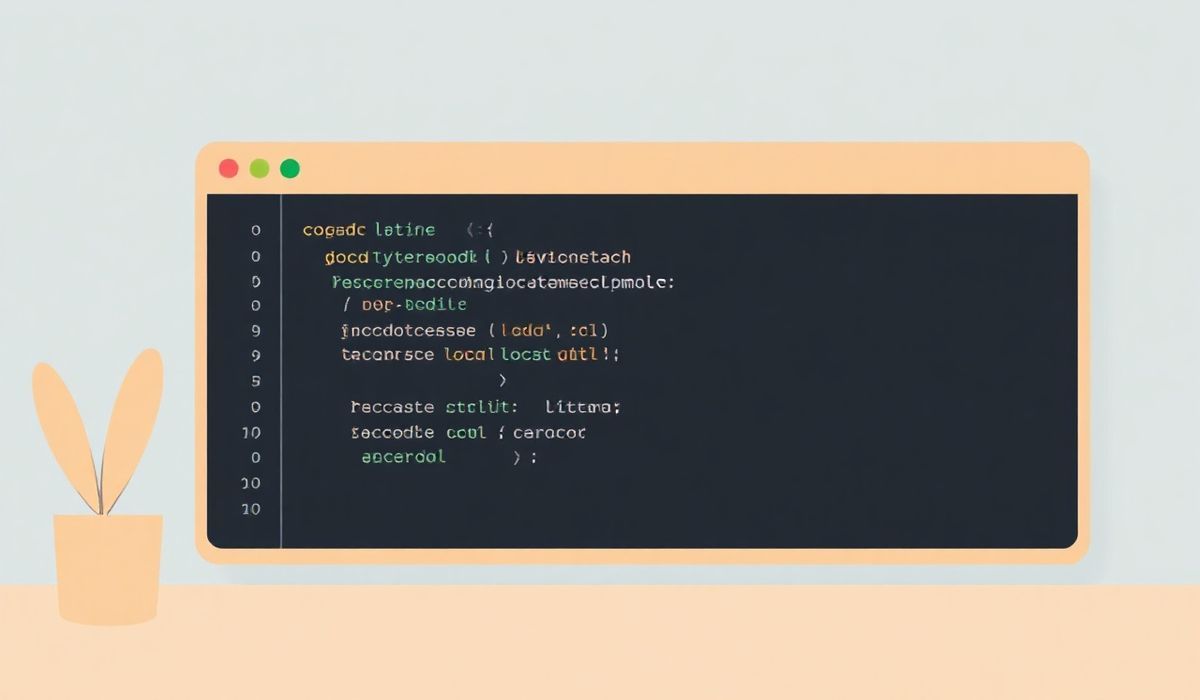Introduction to Snekfetch
Snekfetch is a lightweight and fast HTTP client for Node.js allowing developers to effortlessly make HTTP requests. With its simple and intuitive API, Snekfetch makes it easy to work with RESTful services and various web resources. In this post, we will explore the numerous APIs provided by Snekfetch along with practical code snippets and an example application.
Getting Started with Snekfetch
First, you need to install Snekfetch:
npm install snekfetch
Making a GET Request
The GET method is used to retrieve data from a specified resource:
const snekfetch = require('snekfetch');
snekfetch.get('https://jsonplaceholder.typicode.com/posts/1')
.then(response => {
console.log(response.body);
})
.catch(error => {
console.error(error);
});
Making a POST Request
The POST method is used to submit data to a specified resource:
snekfetch.post('https://jsonplaceholder.typicode.com/posts')
.send({ title: 'foo', body: 'bar', userId: 1 })
.then(response => {
console.log(response.body);
})
.catch(error => {
console.error(error);
});
Setting Headers
You can set headers for your requests:
snekfetch.get('https://api.example.com/data')
.set('Authorization', 'Bearer your_token')
.then(response => {
console.log(response.body);
})
.catch(error => {
console.error(error);
});
Query Parameters
Adding query parameters to a GET request is straightforward:
snekfetch.get('https://jsonplaceholder.typicode.com/posts')
.query({ userId: 1 })
.then(response => {
console.log(response.body);
})
.catch(error => {
console.error(error);
});
Using Timeout
You can set a timeout for your requests:
snekfetch.get('https://api.example.com/delayed-response')
.timeout(5000)
.then(response => {
console.log(response.body);
})
.catch(error => {
if (error.timeout) {
console.error('Request timed out');
} else {
console.error(error);
}
});
Downloading Files
Snekfetch can be used to download files:
const fs = require('fs');
snekfetch.get('https://example.com/file.zip')
.pipe(fs.createWriteStream('file.zip'))
.on('finish', () => {
console.log('File downloaded');
})
.on('error', (error) => {
console.error(error);
});
Example Application
Let’s create a simple command-line application that fetches and displays recent posts from a placeholder API:
const snekfetch = require('snekfetch');
async function fetchLatestPosts() {
try {
const response = await snekfetch.get('https://jsonplaceholder.typicode.com/posts');
const posts = response.body.slice(0, 5); // Fetch the latest 5 posts
posts.forEach(post => {
console.log(`Title: ${post.title}\nBody: ${post.body}\n`);
});
} catch (error) {
console.error('Error fetching posts:', error);
}
}
fetchLatestPosts();
With this script, you can quickly fetch and display the latest posts, demonstrating the simplicity and power of Snekfetch for various use cases.
Hash: 4068a0858d3371e85698dbbcb6c8bb3cf584cd9e2593bb8e935fdf166aca79cf




